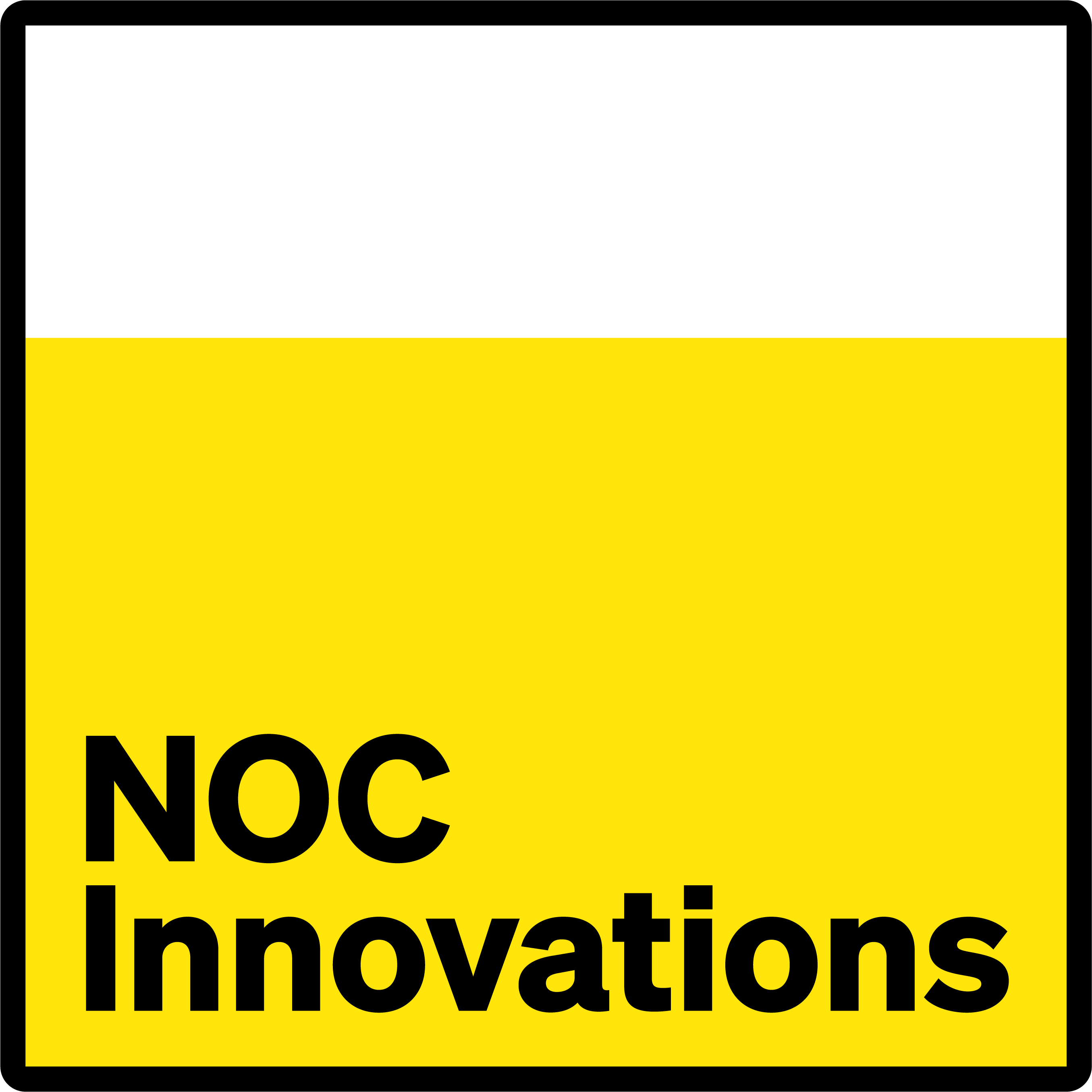Research Programme: Net Zero Operations
Programme Lead: Professor John McCall & Dr Ciprian Zavoianu
Supported By: Dr Lee Christie, Dr Atakan Sahin & Dr Akinola Ogunsemi
Funder/Sponsor: Scottish Government’s Energy Transition Fund
Project Status: In Progress
Overview
The Energy Hub Planning Tool (EHPT) is one of the three NSC-led work packages within the larger Data for Net Zero (D4NZ) Project awarded in 2021 to the Net Zero Technology Centre from the Scottish Government’s Energy Transition Fund. The overall aim of D4NZ is to accelerate the transition towards a net-zero future by delivering a Smart Energy Basin (grounded in advanced data science, visualisation and modelling) that can facilitate cross-sectorial optimal decision-making. In particular, the Energy Hub Planning Tool aims to provide decision-makers with a means of illustrating the trade-offs of various policy and design decisions directed towards a sustainable exploitation of Scotland’s offshore energy resources predicated on the effective integration of multiple energy vectors.
Motivation
Given the challenges related to the desired rapid decarbonisation of the energy sector, there is an opportunity to develop and leverage bespoke AI systems (predicated on state-of-the-art computational intelligence techniques) that can simulate and optimise realistic North-Sea-centric multi-vector energy networks with regard to several conflicting key performance indicators (KPIs) such as carbon intensity, costs (CAPEX and OPEX) and ability to handle failure.
Real-World Impact
The EHPT will improve the ability to quickly explore the design space of various energy infrastructure projects and provide decision-makers with a set of optimal trade-off solutions suitable for secondary in-depth analysis. This AI-driven search of optimal energy networks is expected to both improve attainable KPIs and fast-track new developments by driving an overall reduction of design times. The generic modelling approach proposed by the EHPT will enable its application at energy asset level (e.g., optimising wind farm cable layouts), regional level (e.g., optimising integration between, wind and tidal generators and hydrogen production and storage) and national level (e.g., grid and Hydrogen Backbone development).








